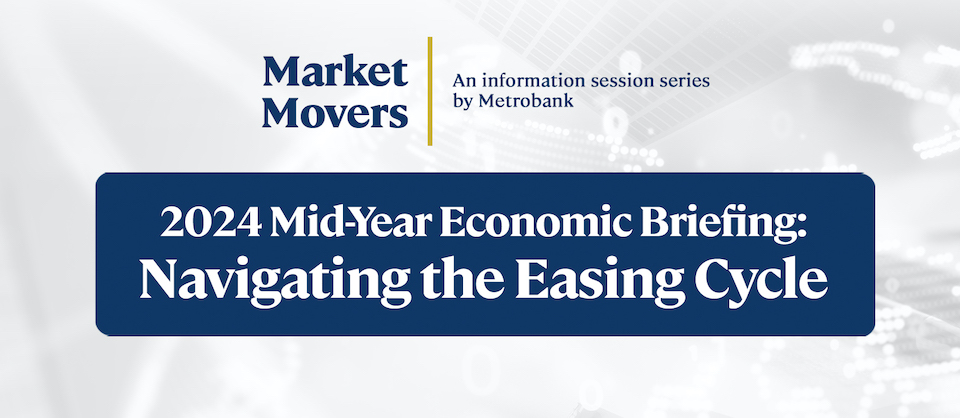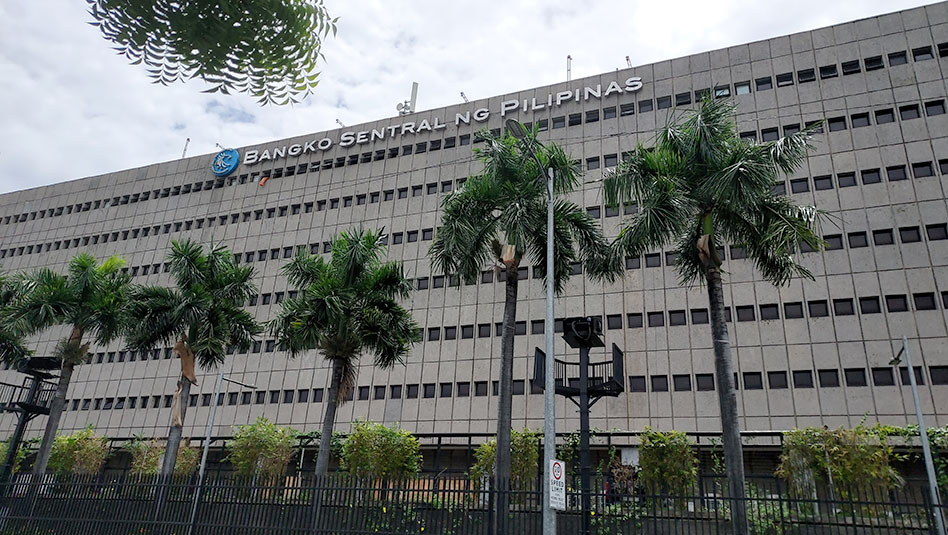Looking over the veneer of US consumption boost
Sustained US consumer spending masks a dim economic outlook. What is its impact on US investments? Read more to learn.

The US economy presents a paradox of resilient growth and increasing recessionary signals. What is probably a brief bout of economic resilience could open short-lived investment opportunities in US equities.
Mixed signals
While the US Leading Economic Index has recently signaled a recession, as employment gains have softened, real gross domestic product (GDP) growth remains robust. For its part, the US Federal Reserve is turning its focus from inflation to the cooling jobs market.
Following a strong quarter-on-quarter expansion in the April to June period, the Federal Reserve Bank of Atlanta’s GDP Nowcast suggests resilient activity, driven by sustained consumer spending.
This consumption strength masks a significant divide. Broader consumer confidence metrics soured, hitting the lowest levels since April, when US President Donald Trump began unveiling tariffs.
Elevated prices and job insecurity strained low- and middle-income households. Consumption is being driven by high-income households, who have benefited disproportionately from stock market gains. This wealth effect allows the top 10% income group to sustain consumption levels, contributing nearly half of total consumer spending, Bloomberg reported, citing Moody’s Analytics.
While this unusual resilience supports the economy in the near-term, the outlook for late 2025 and 2026 is dimmer. The ongoing government shutdown and lingering tariff threats are expected to weigh heavily on business investment and overall sentiment. Slower economic growth is expected, as these political and economic headwinds finally slow the current momentum.
What is the strategy for investments in the US
Amid near-term economic resilience and expectations of further rate cuts, the strategy is to maintain an overweight stance on sectors like technology and communication services. To balance risks, diversification toward defensive sectors like utilities and healthcare is advised. For fixed income, the strategy is to maintain a neutral duration stance relative to the benchmark.
While additional monetary policy easing by the US Federal Reserve is anticipated, risks associated with persistent inflation and government debt that could affect the bond market have led to an increased preference in the equity space.
(Disclaimer: This is general investment information only and does not constitute an offer or guarantee, with all investment decisions made at your own risk. The bank takes no responsibility for any potential losses.)
SOPHIA THERESE “PIA” BONIFACIO is a Markets Research Analyst at Metrobank’s Trust Banking Group, covering local and offshore macroeconomic research. She obtained her Bachelor’s degree in Economics with a Specialization in Financial Economics, cum laude, from the Ateneo de Manila University and is a Certified UITF Sales Person (CUSP). Pia enjoys long road trips and is a self-proclaimed milk tea connoisseur.
ANNA DOMINIQUE CUDIA, MBA, CSS, is the Head of Markets Research at Metrobank’s Trust Banking Group, spearheading the generation and presentation of financial markets insights to clients. She used to be with Metrobank’s Investor Relations, where she brought in international awards and took part in various multi-billion peso and dollar capital raising activities. She holds a Master of Business Administration (Finance) degree, with distinction, from the University of London, and industry certifications in finance. She is a naturally curious person and likes to travel here and abroad.







 DOWNLOAD
DOWNLOAD




 By Sophia Therese Bonifacio and Anna Dominique Cudia
By Sophia Therese Bonifacio and Anna Dominique Cudia